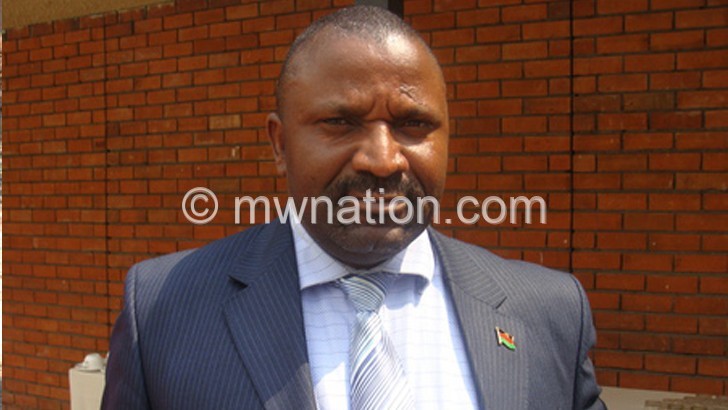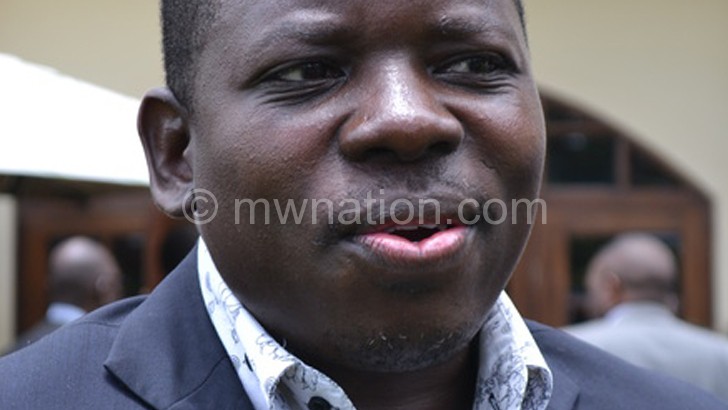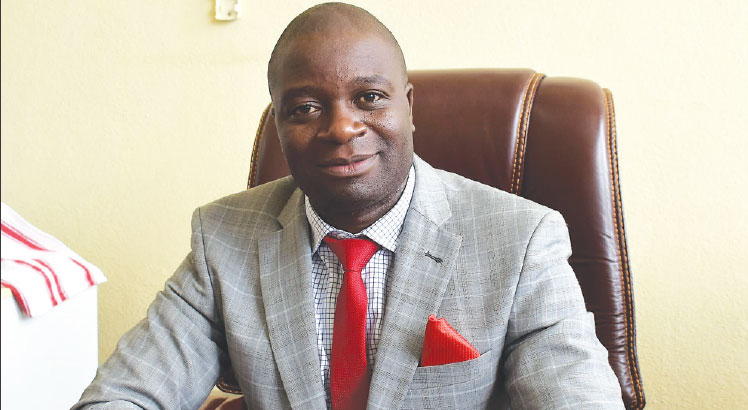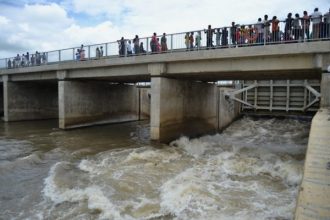World bank contradicts govt on debt levels
The World Bank says Malawi’s level of debt is ‘dramatically’ increasing, observing that the cost of debt servicing is now close to those recorded before debt relief granted to Malawi in 2006.
However, the World Bank position runs counter to sentiments director of debt and aid management in the Ministry of Finance, Economic Planning and Development, Peter Simbani recently expressed to Business News that government is borrowing within debt sustainability levels.

The total value of public and publicly-guaranteed debt has increased from a value of $1.56 billion in 2012—equivalent to 49.7 percent of gross domestic product [GDP]—to an estimated $2.59 billion at the end of 2014 or equivalent to 69.6 percent of GDP, World Bank says.
But social commentator and public finance expert Billy Banda, who is also executive director of Malawi Watch, on Monday said in the current hostile economic situation, it is likely that government will continue to borrow more from both domestic and external sources to cushion the provision of key social services.
In recent years, the increase in the level of Malawi’s debt has been predominantly driven by huge domestic borrowing to make up for external financing shortfalls due to the continued suspension of budget support by donors in October 2013, angered by the plunder of public funds later called Cashgate.

“Malawi is now spending the equivalent of 5.3 percent of GDP on debt service, one the highest levels in the region,” says World Bank in its biannual publication Malawi Economic Monitor.
Conventional estimates of GDP put the size of Malawi’s economy at $4.3 billion (about K2.6 trillion) based on the current exchange rate.
Roughly, calculations show that government is spending an average of K140 billion (about $233 million) yearly in servicing national debt.
By the end of June this year, figures show that public debt hit K1.25 trillion—with K829 billion being external debt and K425 billion being domestic debt—representing about 40 percent of GDP.
The 2015/16 National Budget makes a provision for the doubling of domestic borrowing, from the equivalent of approximately 1.1 percent of GDP in the initial framework to 2.2 percent of GDP in the approved budget, according to the Bretton Woods institution.
But while Treasury has said government is not borrowing too much, the bank assesses that almost all of the fiscal space made available as a result of the 2006 debt relief that Malawi received under the Highly Indebted Poor Countries (Hipc) initiative has now been eroded.
“With debt levels rising dramatically, a persistently high rate of inflation, a large fiscal gap, high lending rates and recurring public finance management challenges, the government has very little available fiscal space,” the World Bank observes.
By the end of the 2014/15 fiscal year, World Bank said government had borrowed four times the amount approved in the budget estimates
The bank said with expenditures growing at a more rapid than expected rate, domestic revenue collection below targets, and with foreign financing falling short of expectations, Malawi will continually be under pressure to increase domestic borrowing and to accumulate additional arrears.
In the 2015/16 financial year, Finance Minister Goodall Gondwe is planning to reduce the domestic debt stock further from 15.9 percent to 14.5 percent of GDP in 2015/16 financial year. The internationally accepted ratio is 12.5 percent of GDP. n





